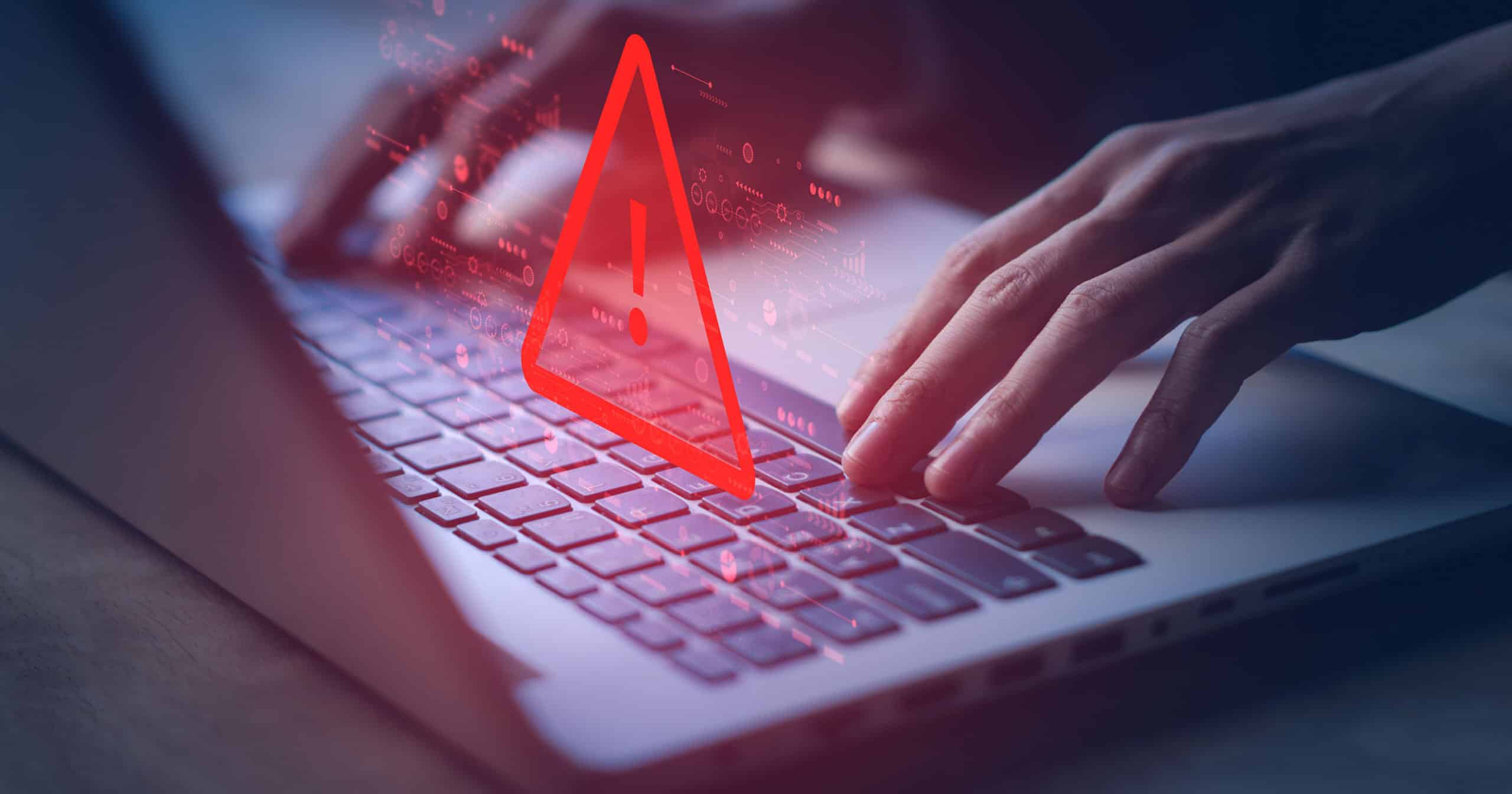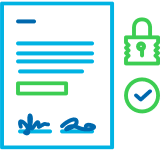
BY SPIRION
September 28, 2023
Ransomware attacks are increasing, causing havoc and financial loss for countless individuals and organizations, such as data breaches, financial losses, and reputational damage. Successfully implementing and maintaining a comprehensive ransomware prevention strategy to safeguard your sensitive information is no longer a nice-to-have, but imperative to your organization’s future.
What is a ransomware attack?
A ransomware attack occurs when a cybercriminal gains unauthorized entry to a network or device and uses malicious software (malware) to steal or block access to sensitive data. Companies and organizations such as hospitals and universities are frequent targets of these attacks as they possess large volumes of sensitive data. To retrieve their compromised assets, victims must pay a ransom or the hacker may expose or destroy the data.
Typically, these attacks are introduced via phishing emails and are extremely effective when organizations lack clarity around what information was compromised. Therefore, to avoid the loss of potentially crucial data, they pay the ransom.
An effective strategy to prevent a successful attack is the best way to safeguard your sensitive data. It’s also imperative to have a comprehensive incident response plan in place in case of a successful attack to react swiftly and mitigate the damage.
Strengthen your defenses and minimize the risk of falling victim to these malicious acts by implementing this robust ransomware prevention checklist:
- Educate and Train Employees
- Stay on Top of Software and System Updates
- Conduct Ransomware Audits and Data Scans
- Create Access Governance Controls
- Add Encryption Solutions for Sensitive Data
- Continuously Monitor and Back Up Sensitive Data
- Implement Endpoint Security Solutions
Step 1: Educate and Train Employees
Human error is often the weakest link in an organization’s cybersecurity defenses, and hackers know this, too. Stay one step ahead:
- Don’t assume your employees can easily detect outside threats, especially as bad actors develop more sophisticated techniques to breach your environment.
- Conduct regular training sessions to educate employees about phishing emails, suspicious websites, and other common tactics used in ransomware attacks.
- Teach them how to identify potential threats and what actions to take if they suspect an attack.
Because ransomware attacks are often delivered through phishing emails:
- Training should specifically focus on best practices for spotting and handling emails from unknown senders, especially those containing links or attachments.
PRO TIP: We’re fans of the KnowB34 Ransomware Awareness Kit. Check it out.
Step 2. Stay on Top of Software and System Updates
Software updates may seem like they never stop but there’s often a very important reason they were released– security patches:
- Keeping your software and operating systems up to date is vital to ensure the latest security patches are in place and prevent ransomware attacks. Outdated software can contain vulnerabilities that savvy cybercriminals exploit.
- Enable automatic updates whenever possible to guarantee you are always running the latest versions.
This also includes email filtering systems:
- Be alert! Email spam filters are the first line of defense to catch most questionable content, placing it in the Spam folder before it hits your inbox. However, not all phishing emails get caught which is what makes them so dangerous.
- Confirm you have an email filtering system in place and it’s configured to effectively analyze incoming emails for red flags; quarantining them before they do damage.
Step 3. Conduct Ransomware Audits and Data Scans
It’s essential to any security strategy to see all sensitive data in your possession — across networks, operating systems, endpoint devices and email — and identify potential vulnerabilities:
- Perform ransomware audits and assessments regularly to evaluate your organization’s security posture.
- Identify vulnerabilities, review existing security controls, and implement necessary improvements based on the findings.
In the context of ransomware attacks, this step is especially important because it helps paint a more detailed picture of what’s been compromised in the event of an attack. It also allows data to be categorized based on its level of sensitivity, which is helpful for assigning access controls.
Step 4: Create Access Governance Controls
Once data is classified:
- Use access controls to ensure certain pieces of highly sensitive data can only be accessed by a select group of trusted, designated users who need the secure information to complete day-to-day job tasks.
This preserves the safety of data that would cause the most damage if compromised in a ransomware attack. Were ransomware to spread on a device belonging to a user who didn’t have access to sensitive data, it could only encrypt data to which that user has access.
PRO TIP: Knowing where your data is located is imperative but you also need to track who has access to it, how and where access is being granted, and whether Active Directory has been compromised. We recommend the robust data access solution from Lepide.
Step 5: Add Encryption Solutions for Sensitive Data
Traditional encryption solutions are heavily dependent on identity and access management controls. Login credentials, which allow the authorized users to access encrypted data, represent a single point of failure:
- Encrypt sensitive data to add an extra layer of protection, making it significantly harder for unauthorized individuals to access or use the information in the event of a data breach.
PRO TIP: Spirion’s integration partner, Atakama, has developed a designed-for-cryptographic key management. Together, Spirion’s accurate data identification combined with multifactor file-level encryption from Atakama deliver solutions that focus on the data.
Step 6: Continuously Monitor and Back Up Sensitive Data
After sensitive data has been properly discovered, to ensure quick action to mitigate potential damage in case of a breakthrough attack:
- Classify and protect.
- Monitor at all times using an automated tool to search for unusual or aberrant behavior.
When you’re able to automatically discover sensitive data wherever it lives across your organization, you can:
- Identify potential vulnerabilities and better secure your digital environment.
- Monitor continuously to proactively detect and stop threats before they impact your data.
- Back up critical data regularly for ransomware protection.
- Ensure backups are stored securely, on-site and off-site, to reduce the risk of losing essential information.
- Test backup and restoration processes regularly to verify effectiveness.
Step 7: Implement Endpoint Security Solutions
Endpoint security plays a critical role in ransomware prevention to help detect and block attacks before they cause considerable damage:
- Invest in robust endpoint security solutions that supply real-time threat detection, malware protection, and behavior monitoring.
Spirion Sensitive Data Watcher compliments Sensitive Data Platform by collecting file and folder activity on endpoints to help identify unauthorized or abnormal behavior. This enables organizations to:
- Determine if classified sensitive data may have been accessed or exfiltrated.
- Monitor usage of files and folders.
- Expose potential threats based on the MITRE ATT&CK framework.
Don’t delay. Plan today!
By following this comprehensive ransomware prevention checklist and audit, you can significantly enhance your organization’s resilience against attacks. Remember, prevention is key when it comes to protecting your valuable data, reputation, and bottom-line.
